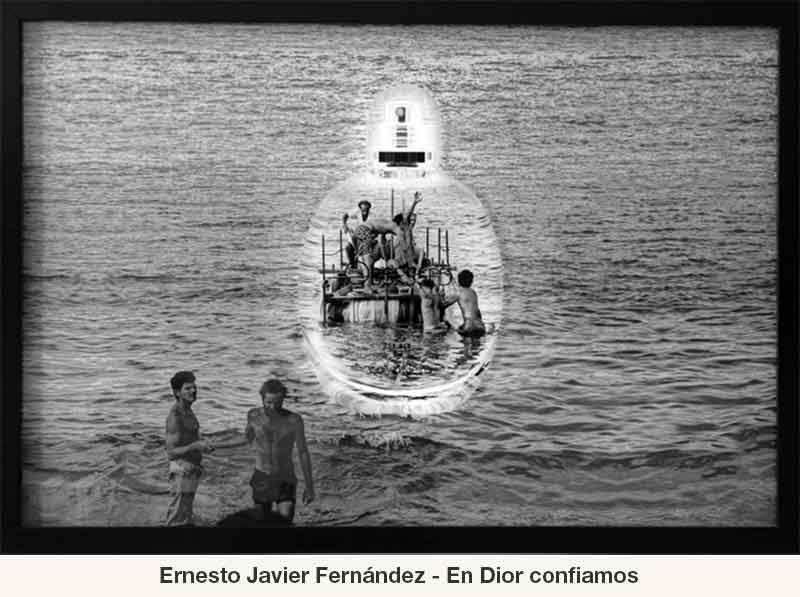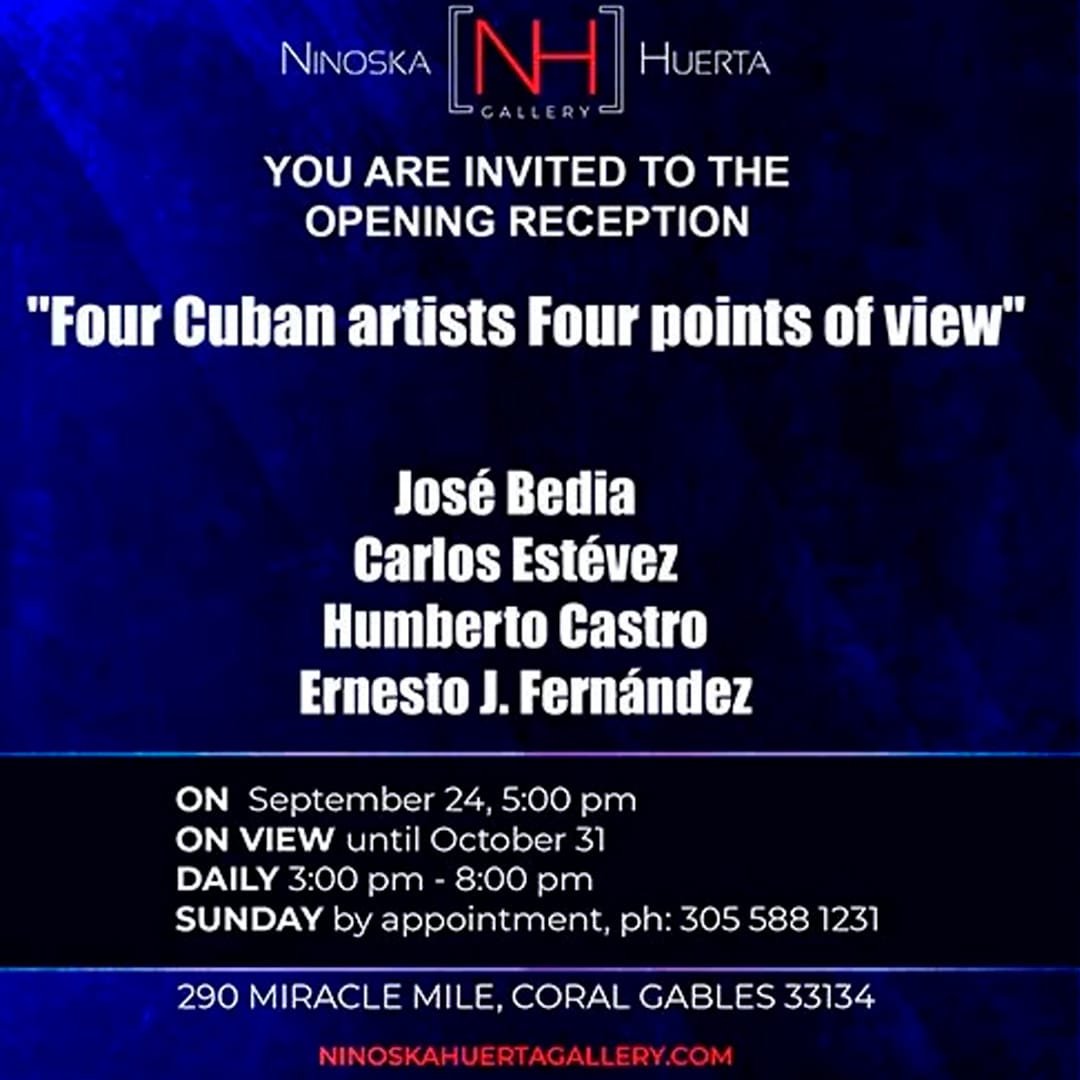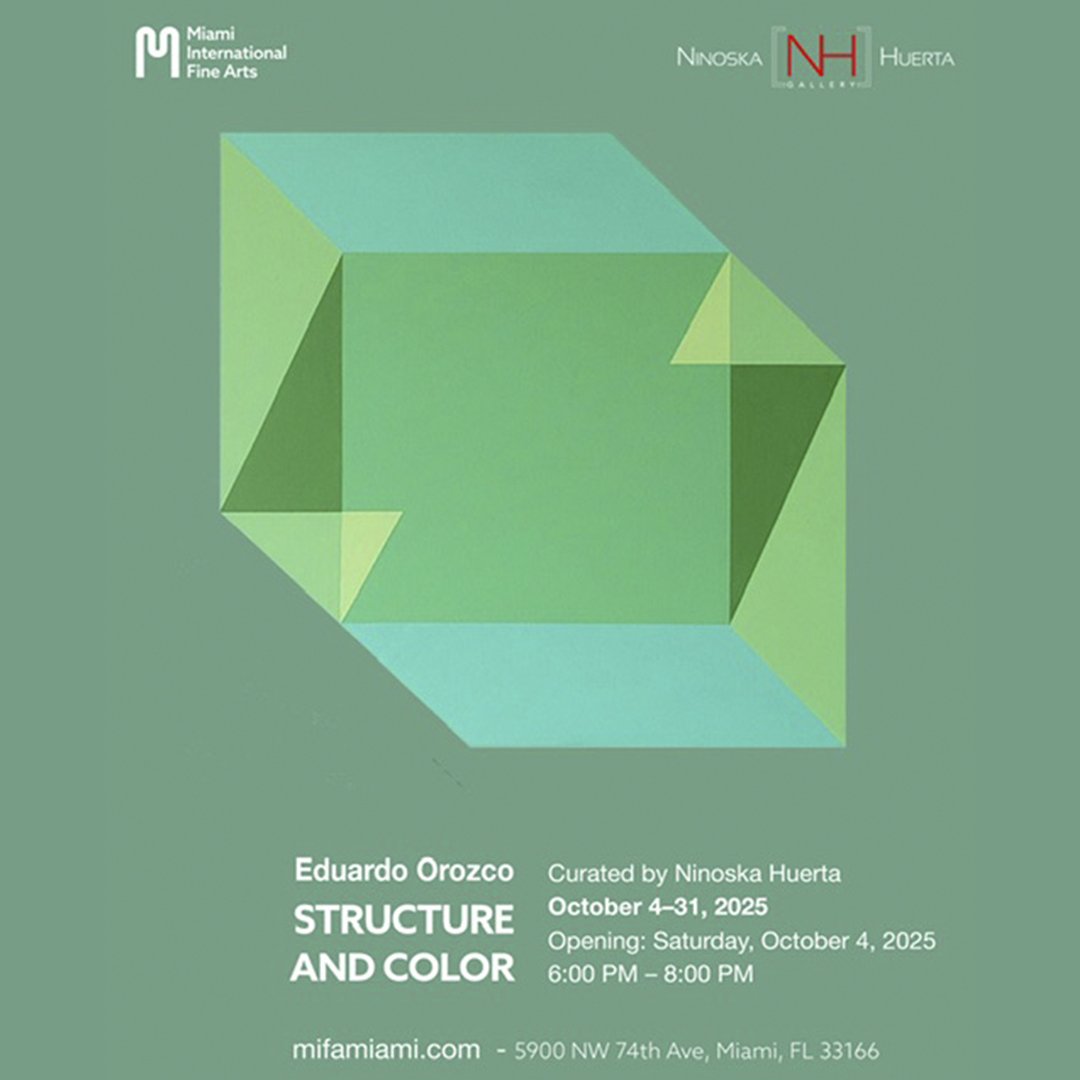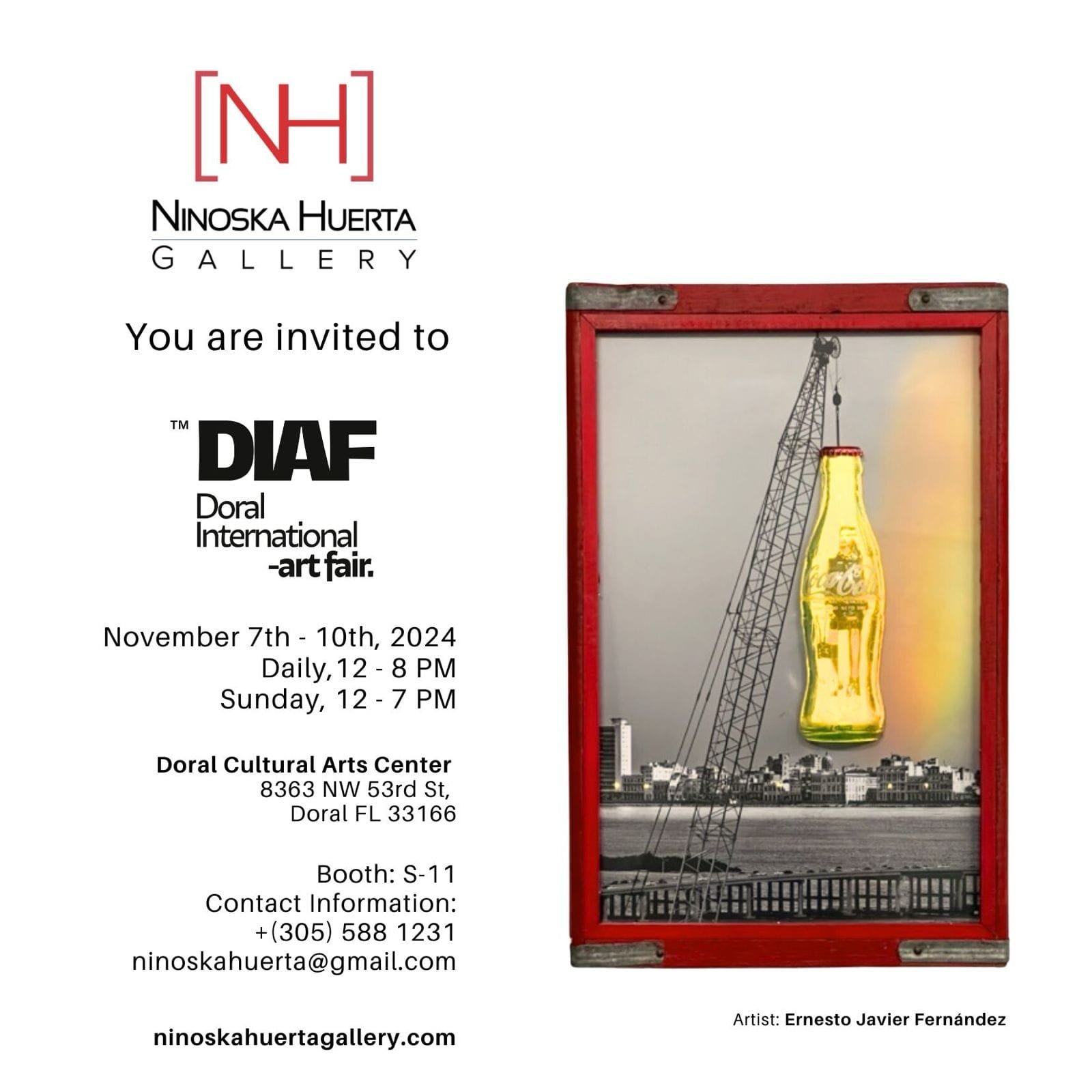This exhibition features 4 artists of Cuban heritage who were educated on the island and became part of what is known as “The Eighties Generation” before arriving in the United States, where their careers now flourish. Their styles, techniques, and exploration of the artistic process are distinct and unique. Each one represents a personal point of view about the world and humanity’s role in the past, present, and future. They all work in multi-media, ranging from drawing to painting, sculpture, photography, performance, and installation. With acute technical skills, they can transcend the limitations of a single medium and create complex works to address diverse perspectives on the human condition.
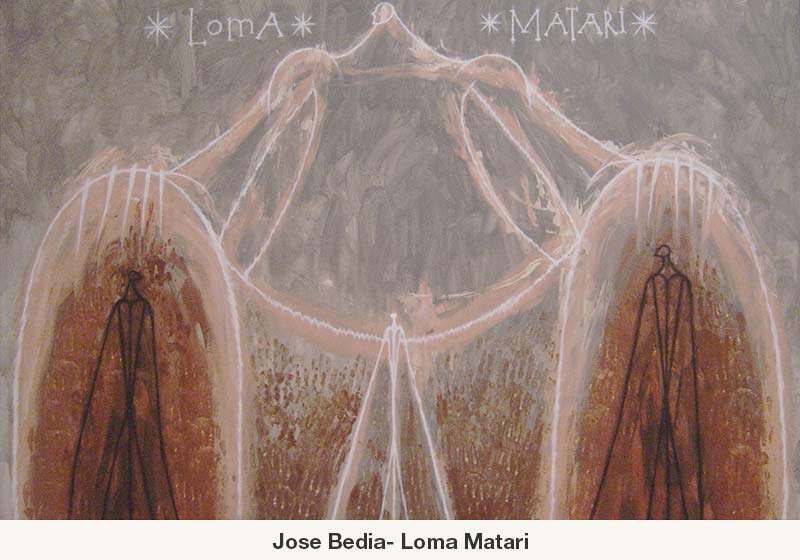
In the carefully executed works of José Bedia and Carlos Estévez, a visual vocabulary inspired by symbols derived from non-Western and erudite philosophical histories informs their intellectual process and its realization in drawing and paint. José Bedia imbues his art with profound respect for the traditions of Africa, Native America, Mexico, and his Cuban heritage. Never constrained by an academic process, Bedia explores the Afro-Cuban rituals of offering to the spirit guardians through personal experience and an encyclopedia knowledge of their meaning beyond the merely artistic.
Carlos Estévez takes a universal approach to his exploration of humanity with meticulous drawing and painting that reduce his subjects to mechanized beings struggling with life’s challenges. They can resemble puppets, controlled by the gears of clocks and machinery, or arranged to imitate insects, birds, and other tiny creatures whose abilities are basic to the survival of all species.

For Humberto Castro, figuration, today called “Neofiguration,” is a means of expression that addresses themes of socio-cultural context. Also working in different media, he introduces us to a world in constant motion where attenuated figures cross mythical seas and can metamorphosize into solid objects to reach freedom and salvation.

Ernesto Javier Fernández uses the camera to capture the vagaries of life in Havana and beyond, constantly manipulating his imagery to produce multi-layered compositions for provocative results. His multi-media compositions combine technology with photography, video, and other objects that subvert meaning and challenge any visible record of reality.
